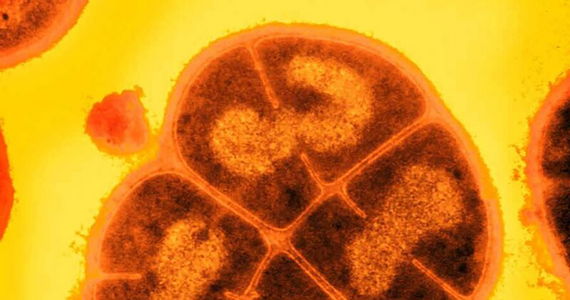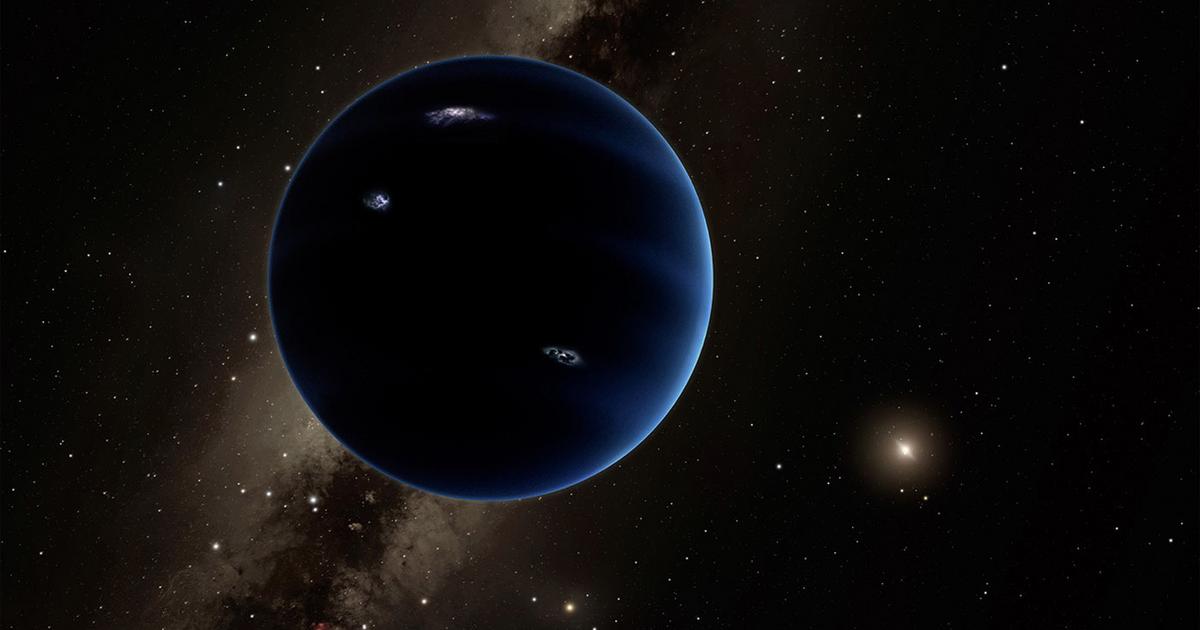This should not be surprising, because the distant regions of the solar system are, on the one hand, very far away and, on the other hand, are poorly illuminated by solar radiation, which is why astronomers have always had difficulty seeing objects there. The James Webb Space Telescope is an instrument ideally suited for such observations because it observes the universe in the infrared range, looking in places where previous telescopes could not see anything.
The most famous Kuiper Belt object is Pluto, the last planet in the solar system until 2007. Ironically, it was the discovery of more Pluto-like objects a few years ago that made the International Astronomical Union decide to create a separate class of dwarf planets for objects of this type. Scientists fear that with the development of telescopes and observational methods, the list of planets will expand rapidly.
Read also: Discovering the farthest object in the solar system. FarFarOut is a dwarf planet
And while we had the opportunity to explore Pluto itself in 2015 with the New Horizons probe, which flew by the planet and its moons, and imaged much of its surface, we still know very little about other dwarf planets that have been discovered over the years. This is definitely a big gap in our knowledge. Millions of small and large Kuiper Belt objects, sometimes called trans-Neptunian objects (TNOs), hide a veritable treasure trove of knowledge about the history of the formation and evolution of the entire solar system.
An international team of scientistsAs soon as the opportunity arose, he decided to look at three dwarf planets belonging to the Kuiper Belt using the James Webb Telescope. The main space telescope targeted Sedna, Goonggong and Quaoar. Never heard of these names before? No wonder it appeared in textbooks only a few years ago. The results of the observations allowed scientists to learn many interesting things, not only about their unusual orbits, but also about the chemical composition of the matter on their surfaces.
It is worth noting here that these are not just space rocks, which can be found in abundance in the asteroid belt. All three objects are dwarf planets, each about 1,000 kilometers in size.
So far, we already know that dwarf planets like Pluto, Eris, Haumea, and Makemake have many volatile compounds on their surfaces, such as methane. The researchers decided to check if the same applies to the three objects tested.
Read also: The Sun had a twin star. Will the new super telescope confirm this groundbreaking theory?
But let’s take a look at what we’re dealing with. Sedna is an object that moves around the Sun in a very long orbit. It is at its closest point at a distance of 76 astronomical units from the Sun (1 astronomical unit = 150 million km), then it moves away from it at a distance of approximately 1000 astronomical units. Gonggong also moves within a range of distances from 33 to 100 AU. On the other hand, Quar orbits our daytime star in a nearly circular orbit at a distance of about 43 AU from the Sun. For comparison, Pluto, which was the last planet in our solar system for 76 years, moves in an orbit with perihelion at 29 AU and aphelion – 49 AU.
The James Webb Space Telescope used the NIRSpec instrument to observe these objects, operating in low-resolution prism mode with wavelengths ranging from 0.7 to 5.2 micrometers. The spectra obtained revealed some interesting things about all three TNOs. For example, huge amounts of ethane were discovered on the surface of all three objects. A lot of acetylene and ethylene have also been discovered in Sedna. These compounds are more abundant in Sedna, less in Gunjung and less in the nearest Kuwar. They are a direct product of the interaction between radiation and methane on the surface.
However, the researchers note that if ethane remains on surfaces for a long time, it will be transformed by radiation into more complex organic compounds. However, since they are still visible there, methane must be regularly supplied from the inside to the surface of these balls. The above theory is supported by the fact that the spectrum of Sedna, Gonggong or Quaoar is fundamentally different from the spectra of smaller objects in the Kuiper Belt. Perhaps, therefore, only in the interior of large enough Kuiper Belt objects is the temperature high enough to allow the original ice to be reprocessed, generating ethane and then bringing it to the surface. We are only learning about this now, because trans-Neptunian objects in the solar system are located beyond the nitrogen line, that is, at a distance from the Sun where planetary bodies are able to retain large amounts of volatile compounds with a low freezing point, such as nitrogen on their surfaces, methane, ethane and ammonia. . In the coming years, scientists want to check how stable such materials are on the surface of these distant worlds, and whether they can contribute to the periodic composition of the atmospheres surrounding them in some parts of their orbits.

Echo Richards embodies a personality that is a delightful contradiction: a humble musicaholic who never brags about her expansive knowledge of both classic and contemporary tunes. Infuriatingly modest, one would never know from a mere conversation how deeply entrenched she is in the world of music. This passion seamlessly translates into her problem-solving skills, with Echo often drawing inspiration from melodies and rhythms. A voracious reader, she dives deep into literature, using stories to influence her own hardcore writing. Her spirited advocacy for alcohol isn’t about mere indulgence, but about celebrating life’s poignant moments.








